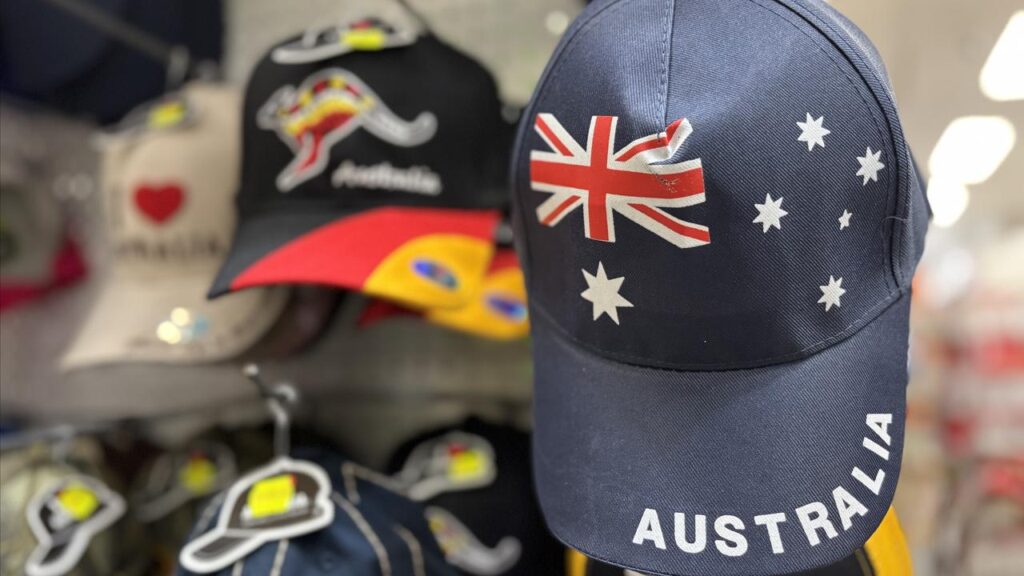‘Not all bad news’: the Aussie upside of Trump tariffs
Kat Wong |

Consumers could benefit from lower interest rates and cheaper goods after Donald Trump announced increased tariffs on two of Australia’s biggest trading partners.
The US president has brought in 25 per cent tariffs on goods from Japan and Korea, Australia’s second and third-biggest export markets and its third and fourth largest two-way trading partners.
Although the measures are likely to create uncertainty for Australian investors and exporters, kicking off a cascade of economic consequences, there could be upsides, according to Monash University economics lecturer Isaac Gross.
The latest round of increased tariffs, which are set to come into effect on August 1, could help push the Reserve Bank to cut rates again, he said.

South Korean or Japanese goods that would normally have been exported to the US, such as cars, could be sent to Australia at a discounted price.
“It’s not necessarily all bad news,” Dr Gross told AAP.
“If Donald Trump wants to punish American households, there are some ways in which Australian households will benefit.”
Australia has not received a tariff letter, meaning most of its exports to the US remain subject to the baseline 10 per cent, while steel and aluminium have had blanket 50 per cent tariffs imposed.

Prime Minister Anthony Albanese suggested the higher tariffs on Japanese and Korean imports would only hurt the US, but there would be no flow-on price increases in Australia.
“Tariffs are a penalty on the country that is imposing them because what they require is for goods to be purchased with a tax on top,” he told reporters in Tasmania on Tuesday.
The government will continue trying to negotiate a total exemption from US tariffs, even though no country has received one to date.
Opposition Leader Sussan Ley said it would be difficult for discussions to progress if the prime minister couldn’t secure a face-to-face meeting with Mr Trump.
While the tariffs are unlikely to have a significant direct impact on Australia, the uncertainty they create could wreak havoc on living standards across the globe.
The Productivity Commission has recommended Australia mitigate impacts by committing to free-trade agreements, reducing some of its own tariffs and working towards open markets – offering much-needed certainty for exporters.
Any retaliatory tariffs could escalate into a broader trade war, exacerbating uncertainty, which the commission warned would bring “serious consequences”.
Economic uncertainty in Australia and across the world reached its highest level in 2025 since the COVID-19 pandemic.
The speed, frequency and varying scope of Mr Trump’s tariffs created an environment where world trade could be transformed at any time and without warning, resulting in uncertainty that could slow economic activity, household consumption and investment.
Were it not for the uncertainty produced by tariffs, the commission found Australia could receive some benefits under a “Liberation Day” situation where – much like the real event – Australia’s exports face only the baseline tariff while other countries’ goods are hit with higher rates.
Since Australian items are impacted by a lower rate, they would be comparatively cheaper, meaning American consumers would shift demand to Australian goods.

Lower US demand for other countries’ imports would decrease their price, reducing the cost of import inputs used in Australian production.
The US tariffs would also likely lead capital to flow out of America and high-tariffed countries, benefiting other economies such as Australia.
This means “Liberation Day” tariffs, alongside the levies on steel and aluminium, could lead to a 0.37 per cent increase in Australia’s real gross domestic product and a 30.9 per cent increase in US demand for Australian exports.
The government could also take things into its own hands by removing more of its own “nuisance” levies.
It has already abolished almost 500 of these tariffs, which impose high costs on businesses and generate little revenue, but the commission identified another 315 that could be urgently removed.
AAP


